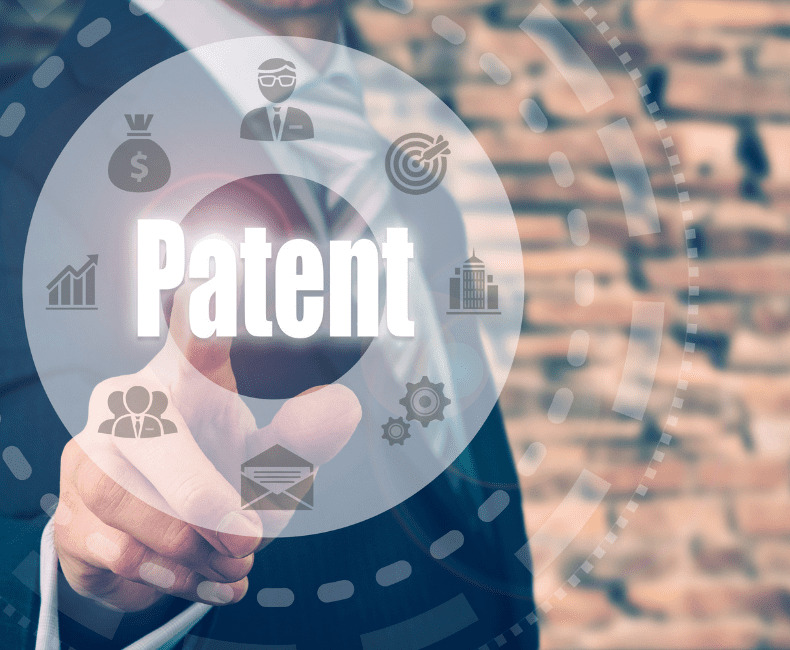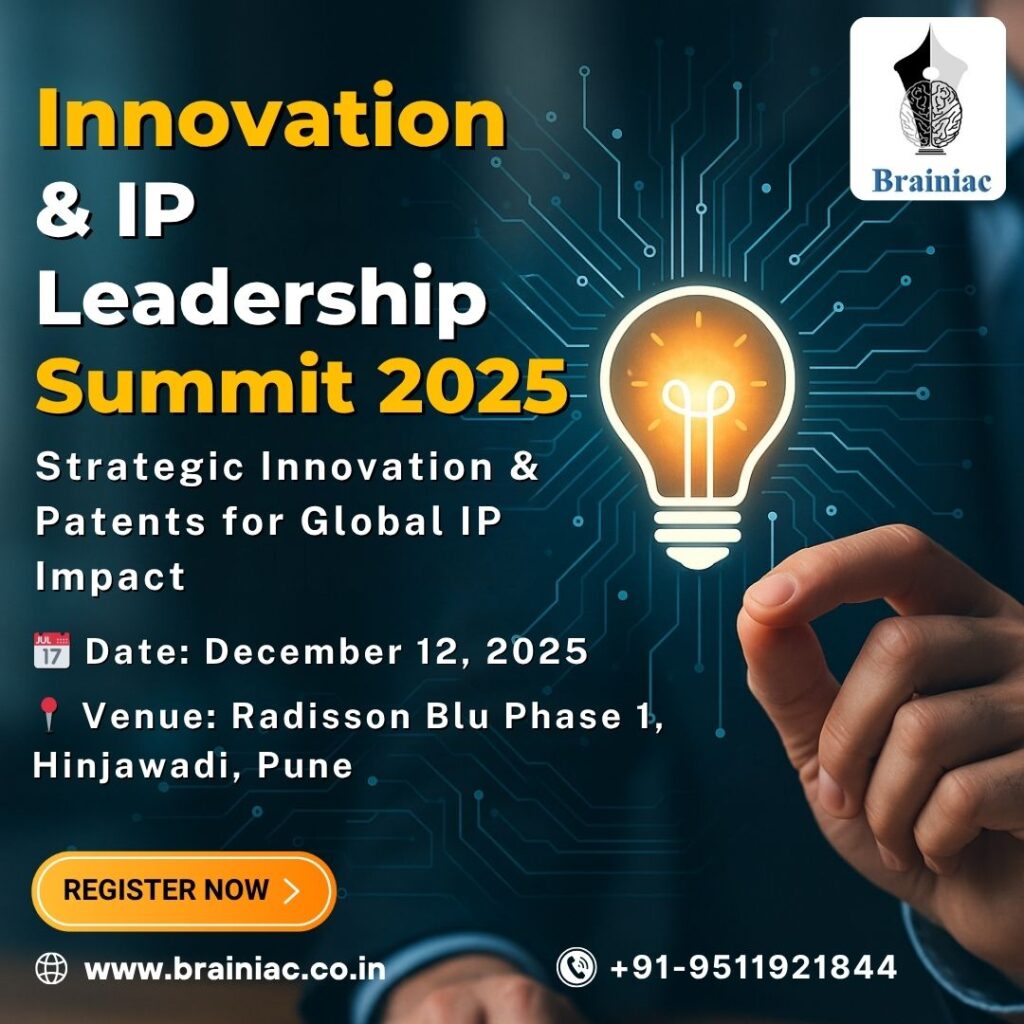Understanding Patent-ability (Novelty)
After a seven-year legal battle over the legal custody of the acronym ‘KSRTC’, Kerala Claimed that it had won the battle for the exclusive use of KSRTC, which has been in use by both the State Transport Service since the 60s and 70s. Kerala State Road Transport Corporation (previously known as Travancore State Transport Department) has been India’s oldest state-operated public road transport service since 1938. It was re-established as Kerala State Road Transport Corporation in the year 1965, Karnataka State Road Transport Corporation, started in 1948, was previously known as Mysore Government Road Transport Department.
It was renamed to Karnataka Transport Corporation in 1973. In 2014 Karnataka applied for registration of mark ‘KSRTC’ along with a label representing a Gandaberunda (mythical two-headed bird) and issued notice to Kerala stating that the mark ‘KSRTC’ should not be used by Kerala Transport. This notice woke Kerala up and sped up proceedings to get custody of the Trademark. After that, Kerala approached the Trademark Registry claiming rights over the mark as its prior user.
The Trademark Registry registered the mark favoring Karnataka in 2017 and Kerala in 2019. The registration of neither of the marks got canceled. Both the states claimed that only they have exclusive rights for the Mark ‘KSRTC’. Here question arises whether either of the states should register the marks in the first place. KSRTC, an abbreviation of these two state bus corporations’ descriptive trade names, should not be registrable. In case, If the marks acquire a secondary meaning with a particular type of use, this might change.
Here, it can be said that as the people of both the states identify the marks KSRTC for their respective state bus services hence, the mark has obtained secondary meaning. Accordingly, it can be said that the mark is arguably registrable by either of the states, to begin with. As the mark is registrable by both states, the question arises whether it could be used simultaneously by both states. Section 12 of the Trademark Act, 1999 says that two similar marks can be registered in “honest concurrent use or of other special circumstances”.
Here the use of a mark by the two states is said to be honest because, in India, road transport corporations have been named in several states such as RSRTC or the UPSRTC, similarly and with the same standard manner, KSRTC has been used by both the states of Kerala & Karnataka. Here, the honest concurrent use exception is held to be not applicable, but the Registrar still has the option by invoking the element of ‘other special circumstances’ for permitting the registration. KSRTC has been in use for decades though it is just an abbreviation of the Bus services corporation’s name. Hence there is a low likelihood of confusion and public interest concerns, which makes a strong case for warranting concurrent registration of the mark.
In a case under section 12, concurrent registration is not granted. It must be determined whether the KSRTC mark used by Karnataka would amount to infringement. But As per, Section 29(5) of the Act mark by Karnataka describes the intended purpose (transportation services), kind (by road), and geographical origin (Karnataka) of the services that it provides. In such a scenario, it could be concluded that even despite the registration of the mark by Kerala, Karnataka’s use of the KSRTC mark will not amount to infringement. There are three main criteria for getting a patent application granted, 1. Novelty, 2. Inventive step (non-obvious) and 3. Industrial use (utility). In this article i would emphasis on novelty.
There is no restriction by any patent office across the globe on filing a patent application for any technology (exception nuclear and defense technology in India). Depending upon nationality and domicile of a person a patent application can be filed with the respective patent office with permissions if required. For example, an Indian national cannot file direct patent application in other countries, unless the technology has been conceived on the soil of that particular country.
Either an Indian national can first file a patent application with Indian patent office and then file it internationally after defined period and within stipulated time. Similarly, a legal entity (Company or Institutes) can choose an appropriate office for filing patent application. Once the patent application is filed with the patent office, the patent application gets published and then goes for examination. At the stage of examination, the patent document is verified by the examiners for any typographic or formatting errors.
Thereafter, based on the claims submitted with the patent application, search is conducted to cite relevant documents. What kind of citation can prevent patent application for getting granted? Many a times it is mistaken that only patents are cited during search for checking novelty. This is not the case, any document that is public-ally available, such as patent applications, patents, journals, blogs and other literature can be cited for finding similarity.
Even general knowledge available with the public may be considered relevant. Section 2(l) of Indian Patent Act 1970 states that “new invention means any invention or technology which has not been anticipated by publication in any document or used in the country or elsewhere in the world before the date of filing of patent application with complete specification, i.e., the subject matter has not fallen in public domain or that it does not form part of the state of the art”.
In this section, “anticipated by publication in any document” refers to the documents that are mentioned before (patent applications, patents, journals, blogs and other literature), which may be considered relevant for negating novelty of the technology. Another mistake inventors or applicants make is presuming that only patent or other documents published or technology used in a specific jurisdiction are considered testing novelty. For example, suppose a technology is new in India and same needs to patented in India.
Even if the technology has never been implemented, used or available in India it cannot be patented. As per section 2(l), the technology should “not been used in the country or elsewhere in the world”. Which means, any technology that is used or implement or published as a patent or literature or know how, cannot be protected under patent in other countries. Therefore, the patent examiner can cite any document/publication from across the globe as a relevant citation for negating novelty of the technology.
Generally the patent applications are examined after approximately 2-3 year after filing. This does not mean that what every examiner finds on that day, will be considered relevant. Specifically, the examiner will cite the documents that are public-ally available before the date on which patent application was filed. Therefore, it is important to file patent application as early as possible by conducting a search for checking novelty of the technology. Therefore, for destroying novelty of a technology, any documents published before the date of filing is relevant.





the brain song reviews
Hi , I do believe this is an excellent blog. I stumbled upon it on Yahoo , i will come back once again. Money and freedom is the best way to change, may you be rich and help other people.